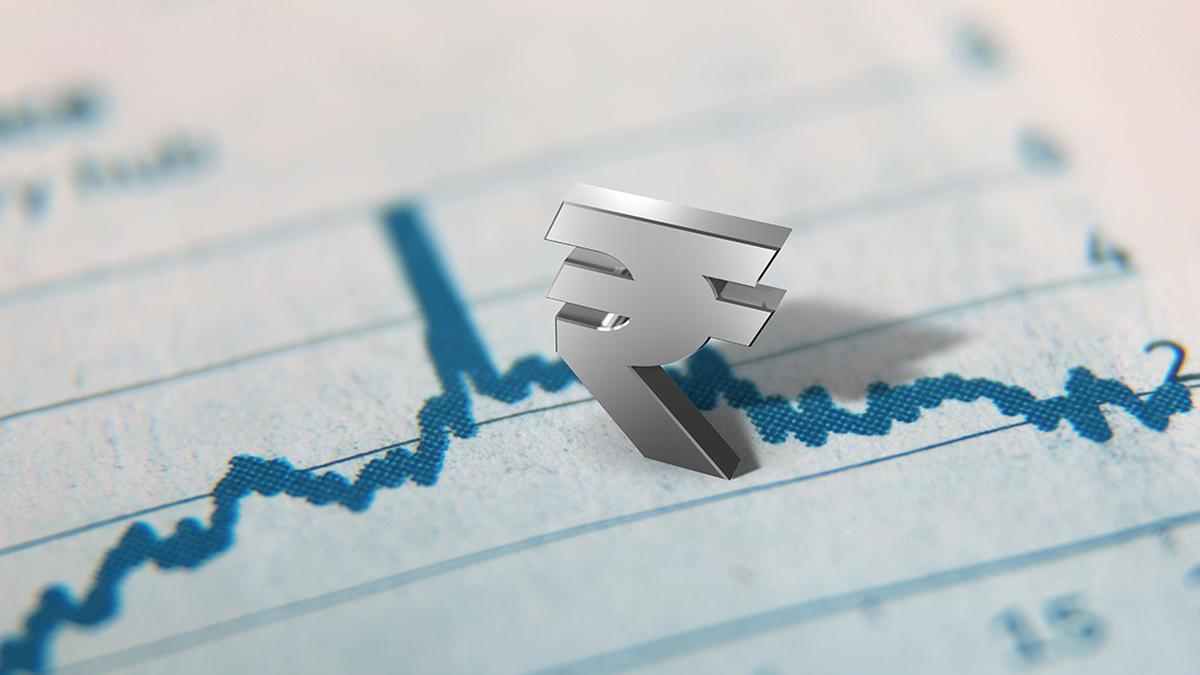
The impacts of rupee weakening Premium
The Hindu
Understanding India's exchange rate policy, implications, and structural constraints in the economy in a concise and clear manner.
The Indian rupee recently registered a sharp devaluation with respect to the dollar after remaining stable for over two years or so. What explains such a phenomenon? What are the implications? This article aims to address these issues by discussing India’s exchange rate policy and highlighting a few structural constraints in the Indian economy in the recent period.
The nominal exchange rate is the price of buying one unit of foreign currency in terms of domestic currency. The way in which the nominal exchange rate changes depends both on the demand-supply conditions of the foreign exchange market and the exchange rate policy of the central bank.
The real exchange rate is the relative price of foreign goods in terms of the domestic currency with respect to the prices of the domestic goods. It describes how cheap or costly domestic goods are concerning the foreign goods.
The demand and supply conditions of the foreign exchange market depend on the flows of the current account and capital account. The demand for foreign currency would rise if the sum of net current account and capital account flows falls, whereas the supply of foreign currency would rise if the sum increases. The net current account flows are largely influenced by the net exports, whereas net capital account flows are influenced by the net flows of foreign investments. The lower the net exports and greater the capital outflow, the greater would be demand for foreign currency and vice-versa.
Depending on how the central bank responds to the demand and supply conditions in the foreign exchange market, there can be broadly three kinds of exchange rate policy frameworks — fixed exchange rate, floating exchange rate, and managed-floating exchange rate regimes.
In the fixed exchange rate regime, the central bank responds to the higher demand for foreign currency entirely by selling (decumulating) foreign exchange reserves (and vice versa), while keeping the nominal exchange rate fixed at a predetermined level.
In the floating exchange rate regime, the central bank responds to higher demand of foreign currency entirely by devaluing the domestic foreign currency (making foreign currency costlier in terms of domestic currency) and vice versa, while keeping the level of foreign exchange reserves unchanged.













